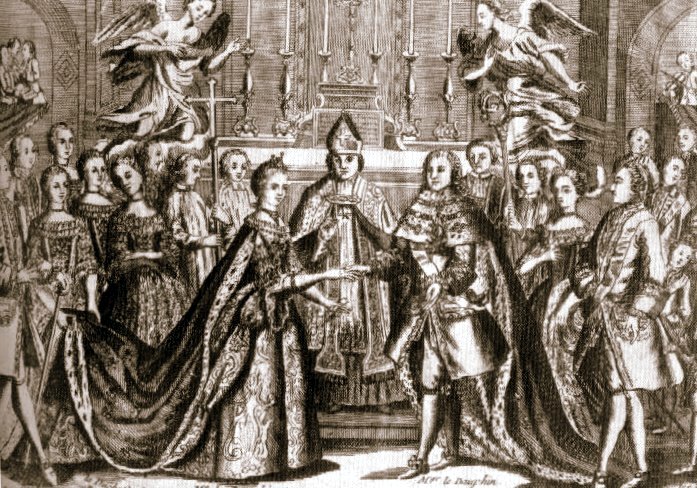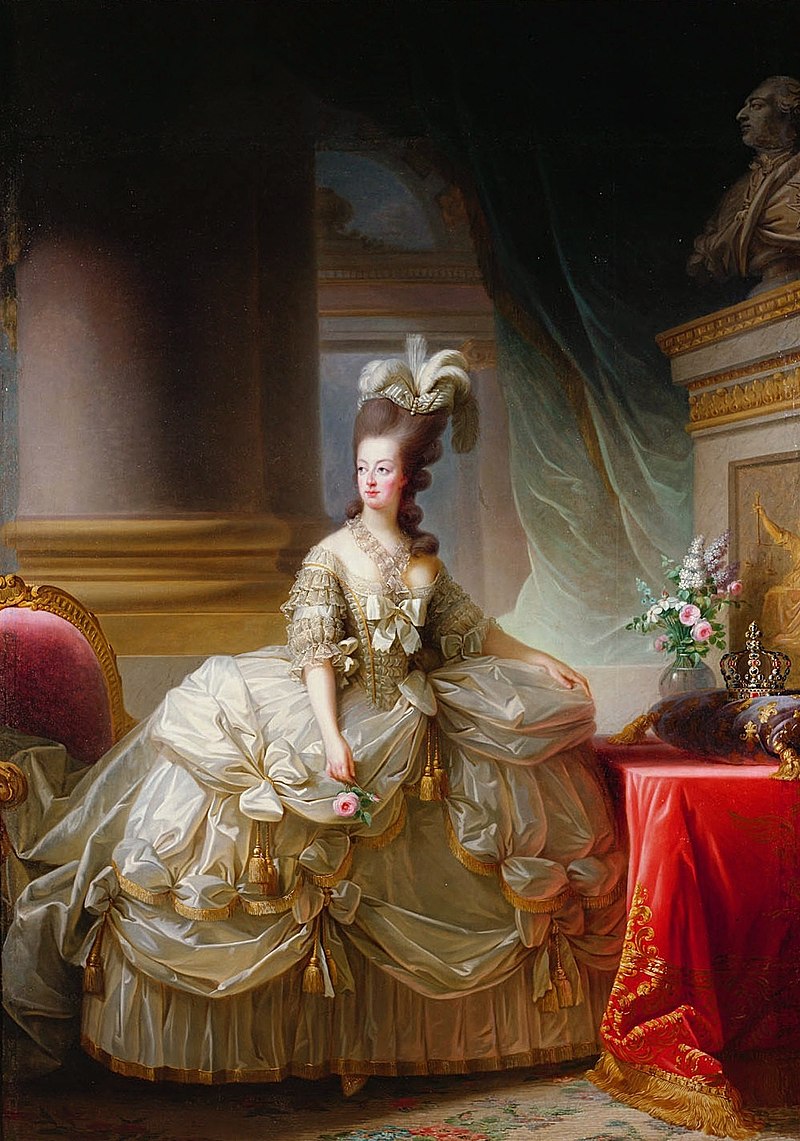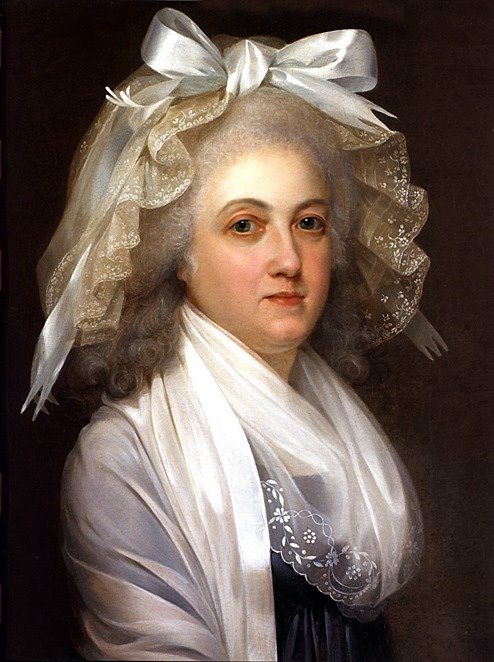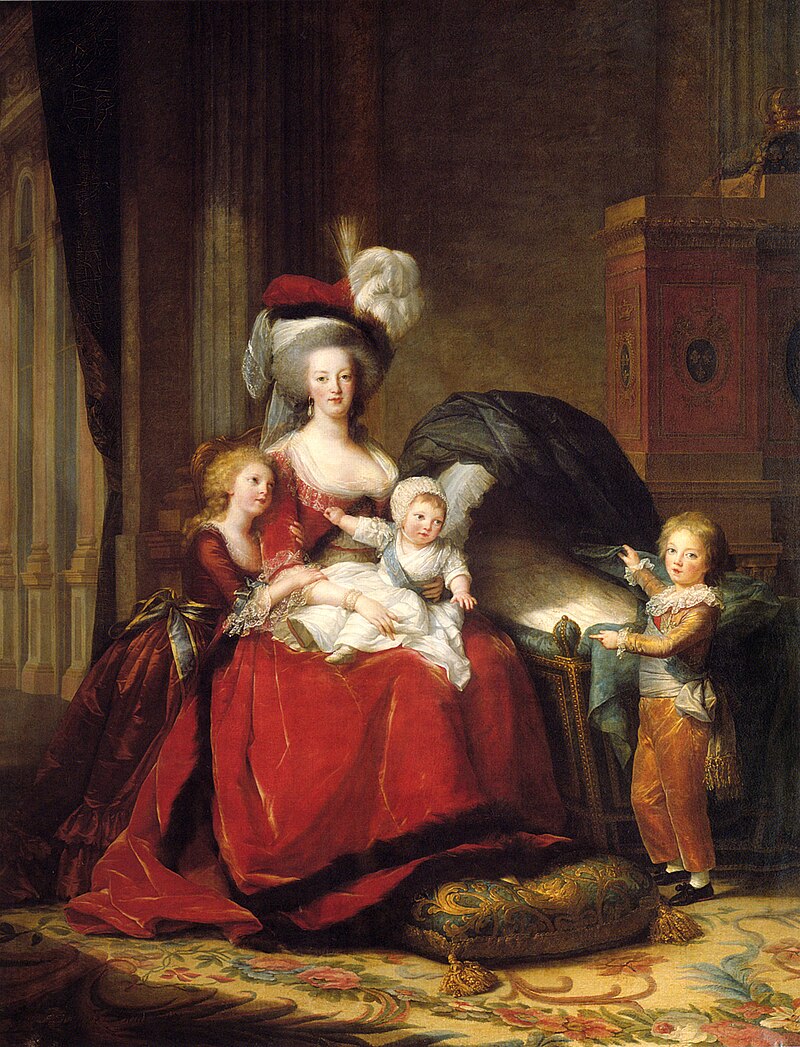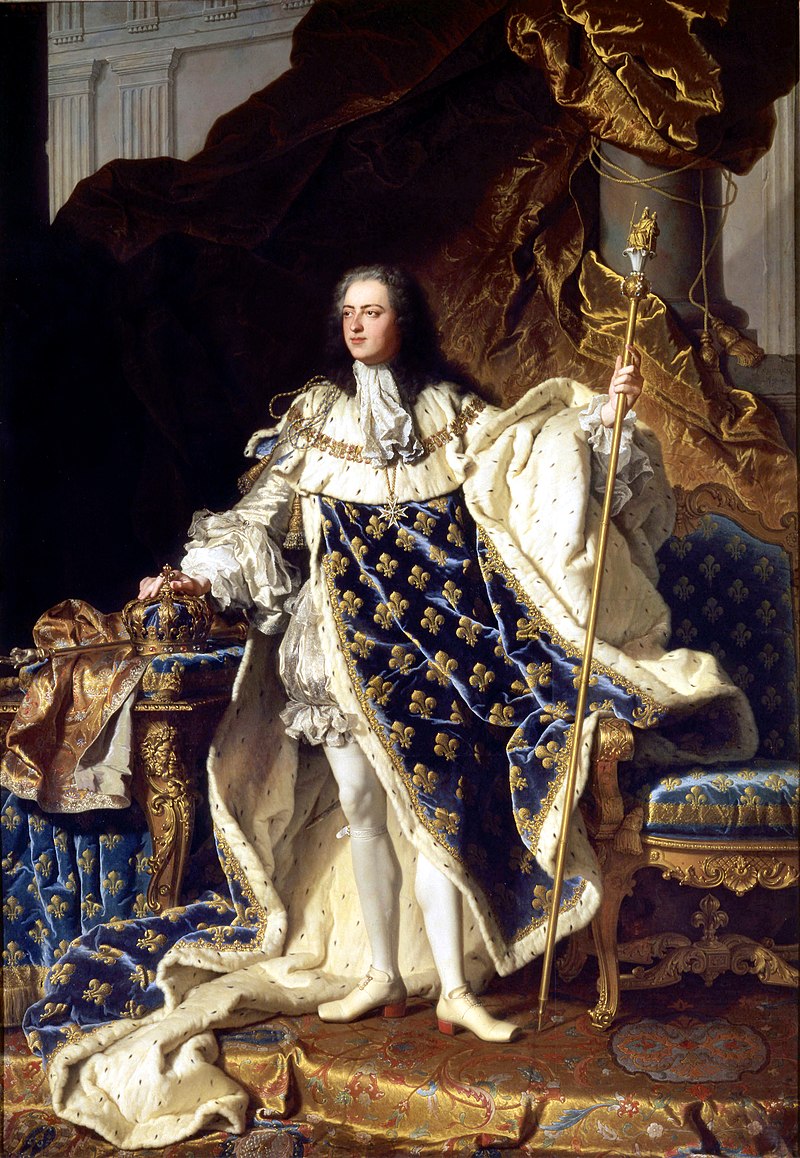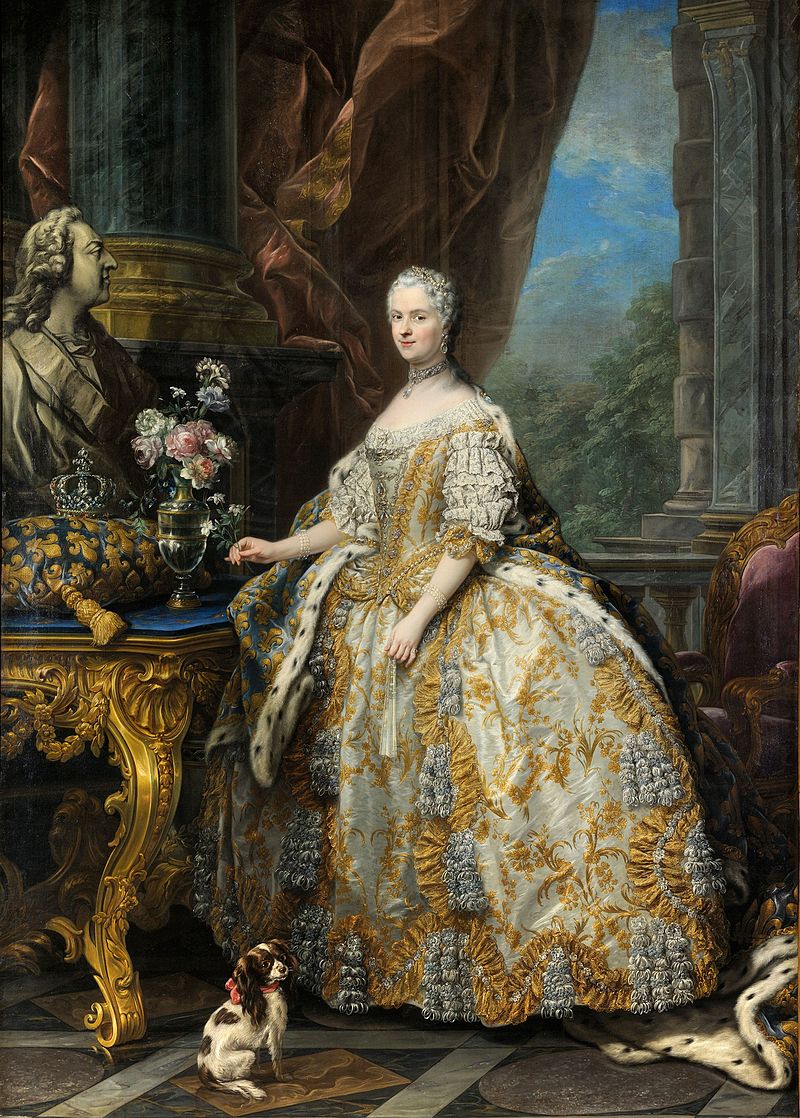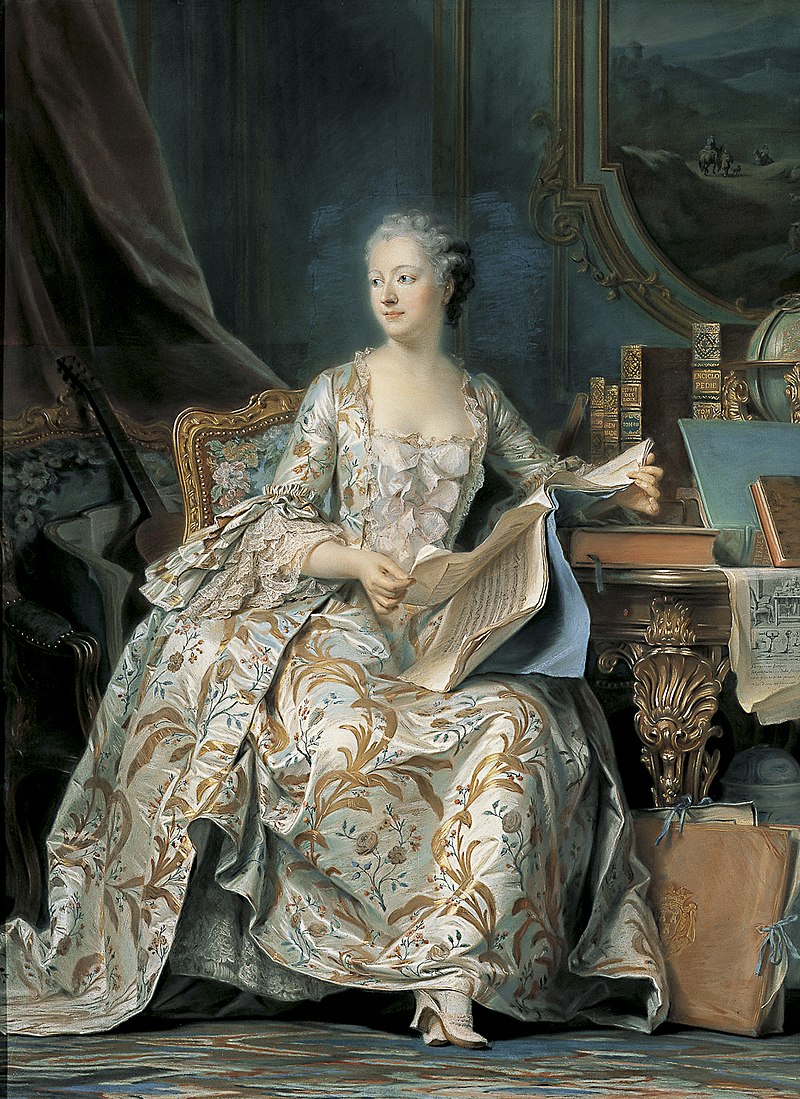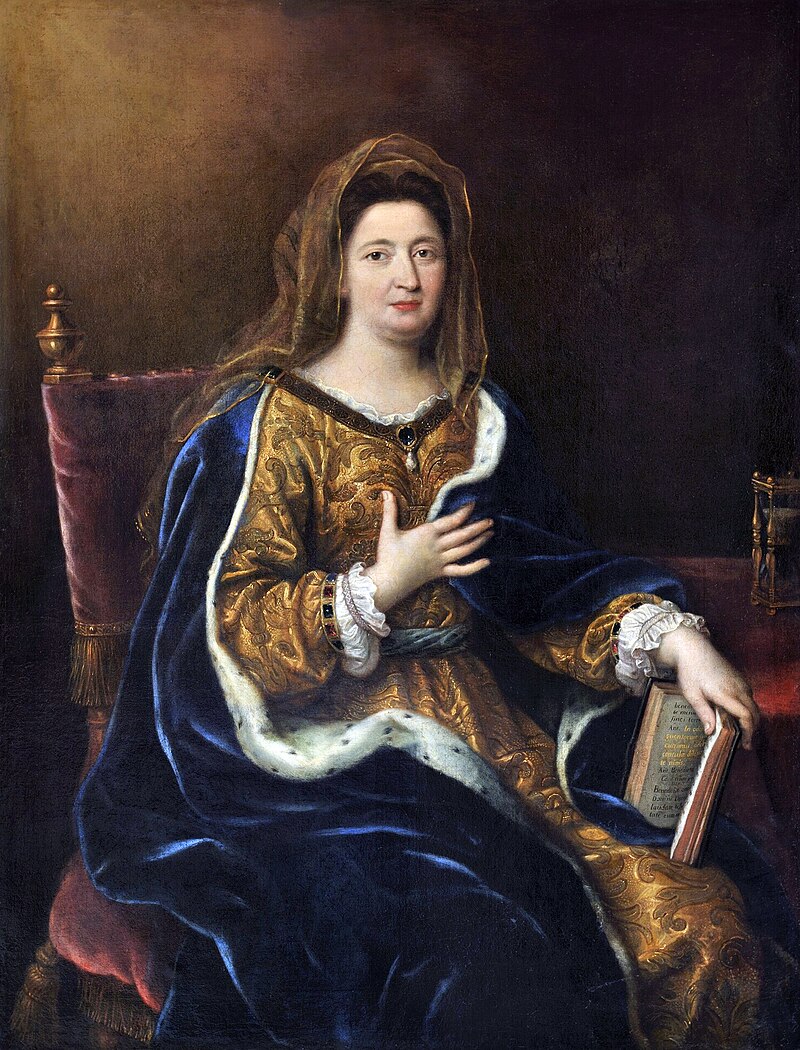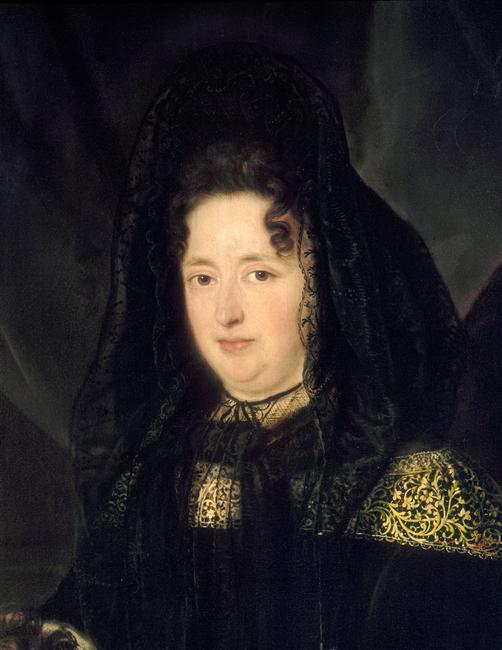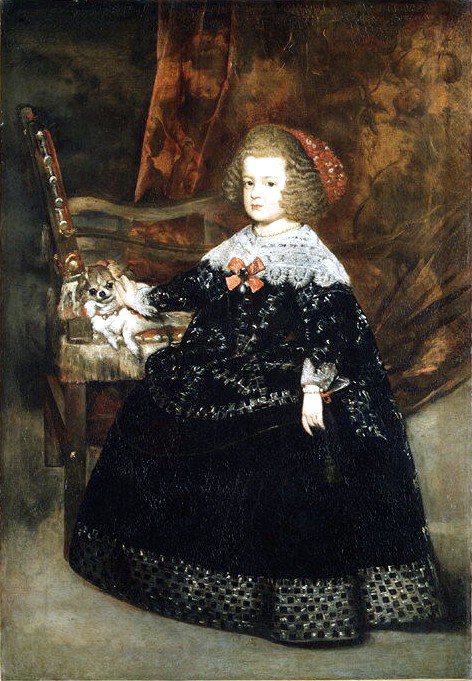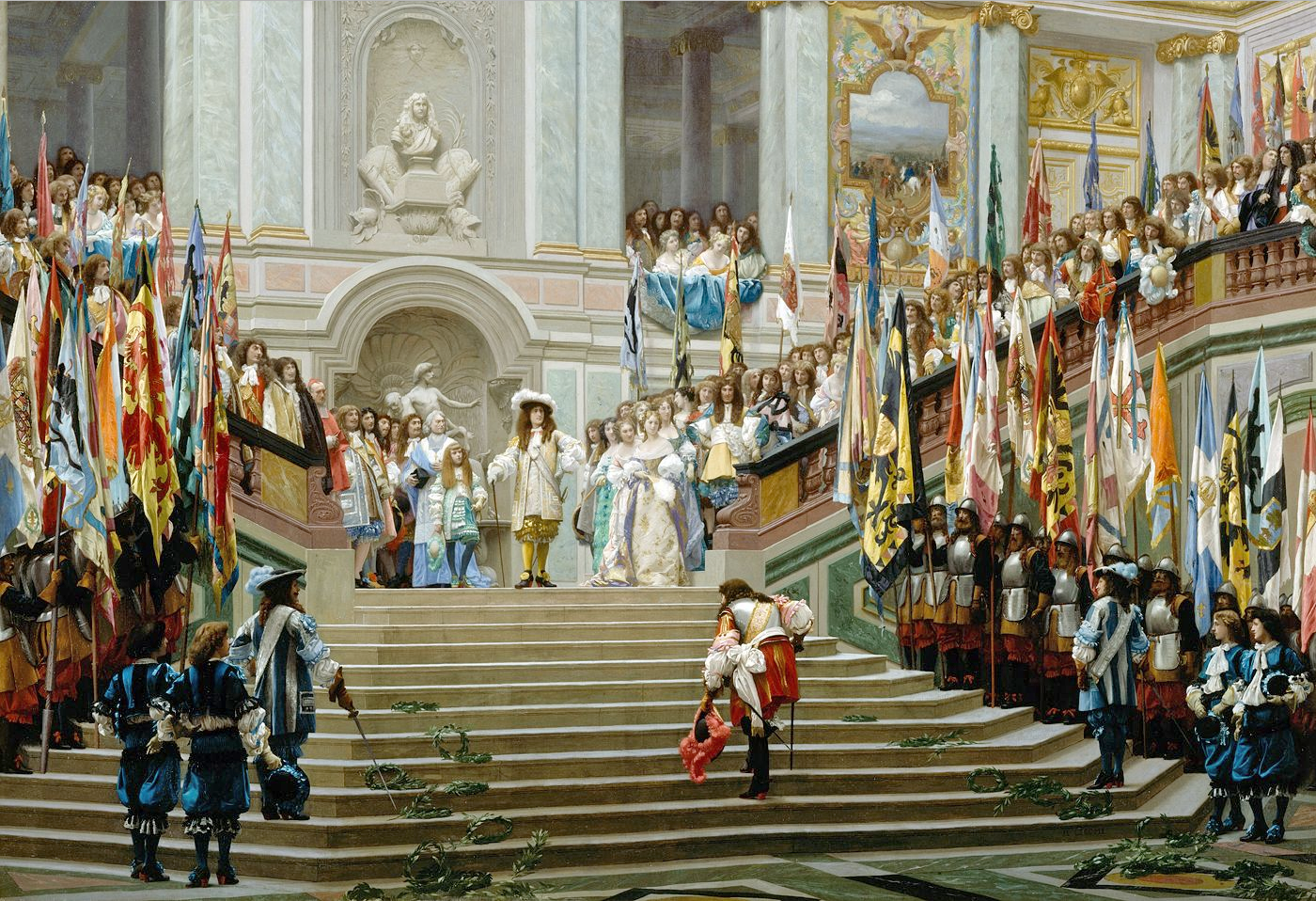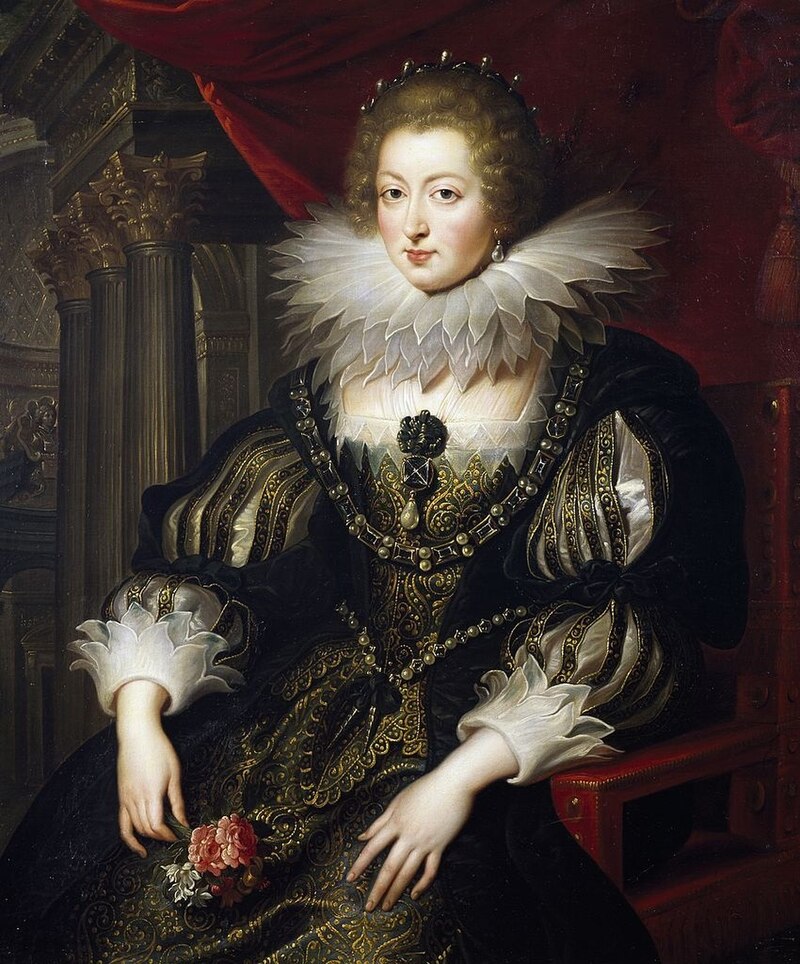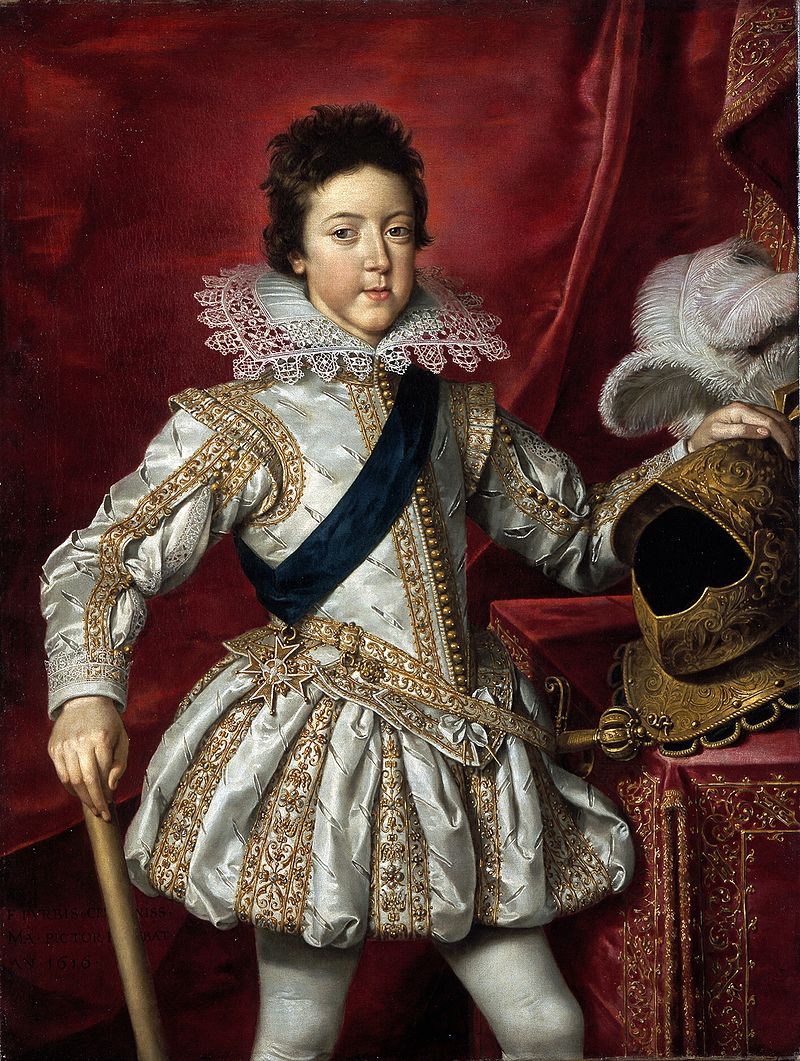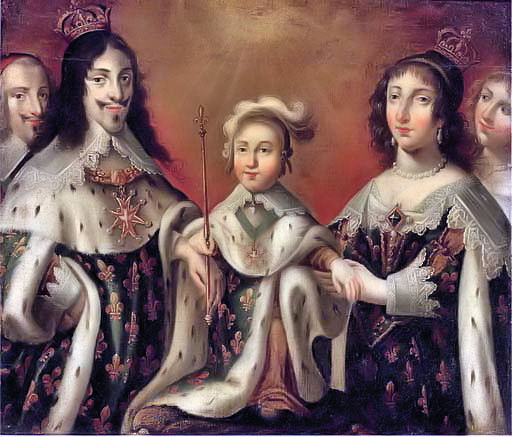by Susan Flantzer © Unofficial Royalty 2016

Napoléon Bonaparte, Credit – Wikipedia
Napoleone di Buonaparte was born on August 15, 1769, in his family’s ancestral home Casa Buonaparte in the town of Ajaccio on the island of Corsica. He was the fourth of the twelve children and the third of the six sons of Carlo Maria di Buonaparte and Maria Letizia Ramolino.
Napoleon’s siblings:
- Napoleone Buonaparte (born and died 1765)
- Maria Anna Buonaparte (1767 – 1768)
- Joseph Bonaparte, King of Naples and Sicily, King of Spain and the Indies, and Comte de Survilliers (1768 – 1844), married Julie Clary, had three daughters
- Maria Anna Buonaparte (born and died 1770)
- Maria Anna Buonaparte (born and died 1771)
- Lucien Bonaparte, Prince of Canino and Musignano (1775 – 1840), married (1) Christine Boyer, had four children, (2) Alexandrine de Bleschamp, had ten children
- Maria Anna (Elisa) Bonaparte, Grand Duchess of Tuscany (1777 – 1820), married Felice Pasquale Baciocchi, Prince of Lucca, had four children
- Louis Bonaparte, King of Holland (1778 – 1846), married Hortense de Beauharnais, had three sons, including Emperor Napoleon III of France
- Pauline Bonaparte, Sovereign Princess and Duchess of Guastalla (1780 – 1825), married (1) Victor-Emmanuel Leclerc, had one son (2) Camillo Borghese, 6th Prince of Sulmona, no children
- Caroline Bonaparte, Grand Duchess of Berg and Cleves (1782 – 1839), married Joachim Murat, King of Naples, had four children
- Jérôme Bonaparte, King of Westphalia (1784 – 1860), married (1) Elizabeth Patterson, had one son, (2) Catharina of Württemberg, had three children, (3) Giustina Pecori-Suárez, no children
When he was in his twenties, he adopted the more French-sounding Napoléon Bonaparte. At the time of his birth, Corsica was part of France, and a year later ownership was transferred to the Republic of Genoa. Today, Corsica belongs to France.
Napoléon joined the French army and quickly advanced. During the latter part of the French Revolution, he rose to prominence and by the age of 30 was the First Consul of France. Napoléon was Emperor of the French from 1804 to 1815.

Joséphine de Beauharnais, Empress Joséphine; Credit – Wikipedia
Napoléon married Joséphine de Beauharnais (born Marie Josèphe Rose Tascher de La Pagerie on the island of Martinique in the Caribbean) in 1796. Through her first marriage to Alexandre de Beauharnais (who was guillotined during the French Revolution), Joséphine is the ancestor of the royal families of Sweden, Denmark, Belgium, Norway, and Luxembourg. Joséphine was crowned Empress of the French during Napoléon’s coronation at Notre Dame in Paris in 1804.

Napoleon crowns his wife Josephine; Credit – Wikipedia
Joséphine and Napoléon’s marriage was childless and in 1809, Napoléon decided to divorce his wife so he could marry again and his new wife produce an heir. Desperately upset upon first hearing the news about the divorce, Joséphine ultimately agreed. After their divorce, Napoléon insisted that Joséphine retain the title of Empress. Napoléon married Marie Louise of Austria, the eldest child of Emperor Franz I of Austria and his second wife, Maria Theresa of Naples and Sicily. Marie Louise gave birth to a son Napoléon François Charles Joseph Bonaparte in 1811. Young Napoléon died of tuberculosis at the age of 21. Regarding Marie Louise, Napoléon said that he had married a womb.

Empress Marie Louise with her son: Credit – Wikipedia
In the early part of the 19th century, Napoléon’s quest for power led to wars throughout a large part of Europe. In 1814, Paris was captured by the coalition fighting against Napoléon and his marshals decided to mutiny. He had no choice but to abdicate. The Treaty of Fontainebleau exiled Napoléon to the Mediterranean island of Elba, 12 miles/20 km off the coast of Tuscany, Italy.
Napoléon escaped from Elba on February 26, 1815, and arrived in France two days later. He attempted to regain power, but he was ultimately defeated at the Battle of Waterloo on June 18, 1815, by a coalition of forces from the United Kingdom, the Netherlands, Hanover, Nassau, Brunswick, and Prussia.
Napoléon was exiled to the island of Saint Helena, a British possession, in the Atlantic Ocean, 1162 miles/1,870 km from the west coast of Africa. His health declined due to the harsh conditions and by 1821, his health was all but failing. He died on May 5, 1821, at the age of 51 and his last words were, “France, army, head of the army, Joséphine.” Napoléon was buried in a nameless tomb in the Valley of the Willows on St. Helena.

Death of Napoléon painted by Charles de Steuben, Credit – Wikipedia
In 1840, Louis Philippe I, King of the French, received permission from the British to return Napoléon’s remains to France. The French called this retour des cendres (return of the ashes). On December 15, 1840, a state funeral was held. The funeral procession traveled from the Arc de Triomphe down the Champs-Élysées, across the Place de la Concorde to the Esplanade des Invalides, and finally to St. Jerome’s Chapel, where Napoléon’s remains stayed until the tomb designed by Louis Visconti was completed.

Napoléon’s funeral cortege along the Champs-Élysées in Paris, Credit – Wikipedia
Today, Napoléon’s remains rest in a huge tomb made of red quartzite on a green granite base under the dome of Les Invalides. On April 2, 1861, Naploéon’s coffin was transferred from St. Jerome’s Chapel to the new tomb during a ceremony attended by Emperor Napoléon III (Napoleon’s nephew and Joséphine’s grandson), his wife Empress Eugénie, and their only child Prince Imperial Louis Napoléon along with other related princes and government officials.

Tomb of Napoleon I, Emperor of the French at Les Invalides in Paris; Photo Credit – © Susan Flantzer
This article is the intellectual property of Unofficial Royalty and is NOT TO BE COPIED, EDITED, OR POSTED IN ANY FORM ON ANOTHER WEBSITE under any circumstances. It is permissible to use a link that directs to Unofficial Royalty.
France Resources at Unofficial Royalty


